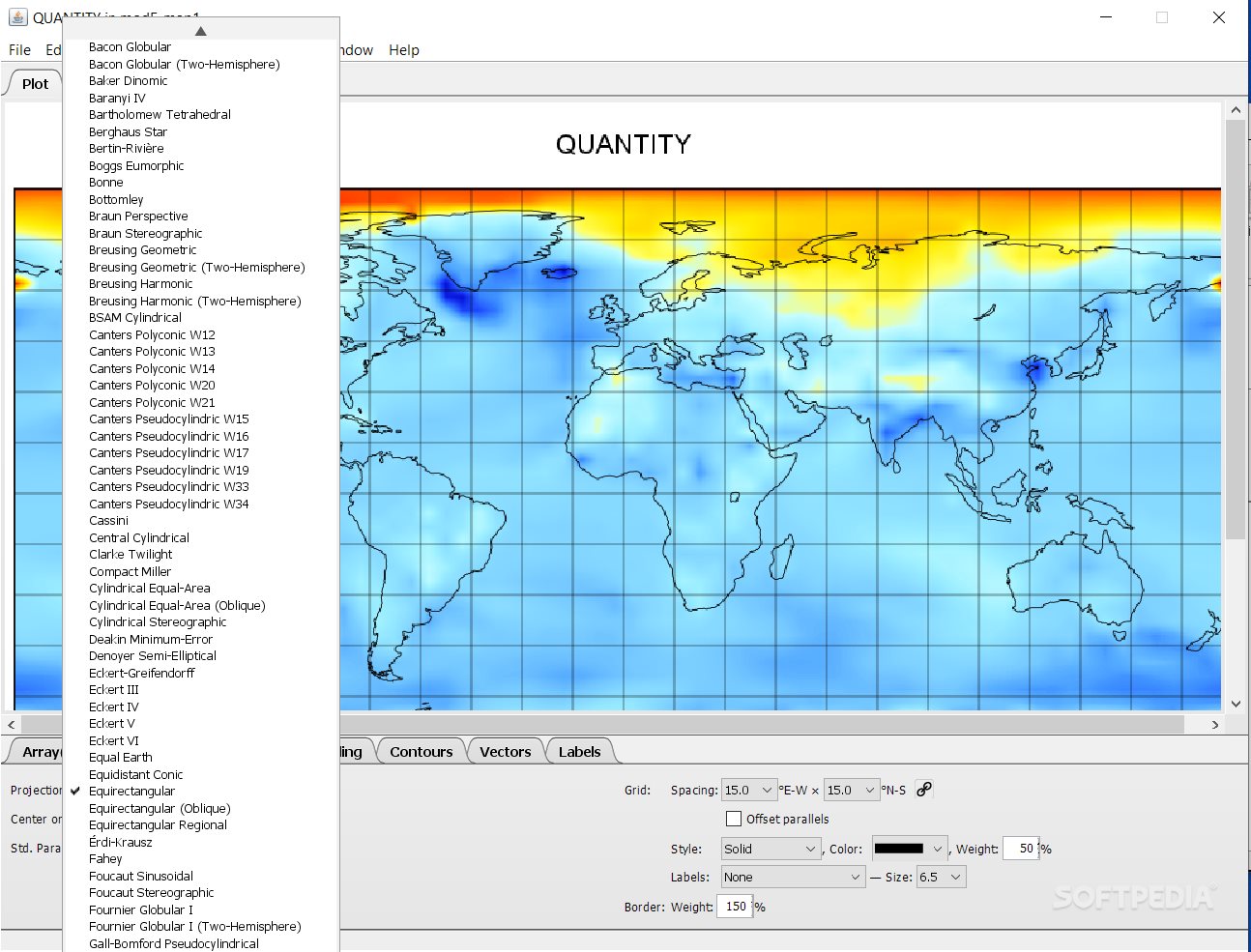

Finally, a recent review of multiscale models in has a soft-matter physics perspective and describes computational methods (CPM, phase-field, active matter, particle systems, etc.) and their physical basis. They also describe instances of close experiment-model integration. The authors indicate the challenge of converting between energy-based and force-based modeling platforms, and point to the significance of doing so. Phenomena discussed include the “unjamming transition” where a cell collective changes from “solid-like” to “liquid-like” behavior and its connection to the epithelia-mesenchymal transition.įorce balance and energy-based models for single amoeboid and collective mesenchymal cell migration are compared in. In contrast with other reviews, this paper also provides an excellent summary of experimental methods. A thorough review of the biomechanics of collective cell migration appears in, with a primary focus on cancer. They recommend further investigation of mechanical assumptions in models, and of more realistic tissue size. They briefly discuss self-propelled particles (SPP), Cellular Potts Models (CPM), and vertex-based approaches that we also discuss in this review.

In, the authors study the issue of cell heterogeneity, its sources at various size scales, and its role in collective cell migration. In some cases, they cover similar ground but with distinct emphases or points of view. Hence, we point the reader to related review articles that complement our own. No one review paper can do justice to the entire field. A mapping of computational models according to the number of cells (horizontal axis) and the level of detail for each cell (vertical axis).Ĭitations of papers in the diagram (starting from the upper left to lower right: ). A summary “mapping” of the modeling literature into levels of detail and numbers of cells is provided in Fig 2.įig 2. At each level, we revisit the 3 key themes and select a few representative contributions from the literature to use as examples. We then link to small cell groups, larger groups, and tissues (right).

As shown in Fig 1, we start with the subcellular level of biochemical signaling (left), and move up to single cell behavior (center). The paper is organized by size-scale and level of detail. The focus on the above set of 3 questions is, to our knowledge, unique to the current review. Some survey computational methods and others provide links to experiments. Many excellent reviews are already available, including. What is the relationship between models and experiments in the current literature on the subject?Īt each level, we consider these 3 questions in subsections with headings “Bridging scales,” “Levels of detail,” and “Links with experiments.” Like any other subdivision, this is to some extent arbitrary, as literature papers often span such categories.What level of detail is appropriate in a computational or mathematical model? What kinds of models are suitable for a given situation?.To what extent have models provided a way to bridge between the 3 levels of organization, from intracellular signaling, to single cell behavior, and to collective cell/tissue behavior?.Because the literature is vast and growing exponentially, we limit our review to several key themes and concentrate on 3 questions: We focus on the role of modeling and computational biology.

Here, we survey the state of the field, emphasizing bridges that span scales: from molecular signaling to multicellular hierarchies. Mathematical and computational modeling have become more universally accepted, more closely integrated with experimental research, and more advanced in terms of methodology. Though originally descriptive, cell biology has emerged as a quantitative science over the same time span. Recent efforts aim to link single cell behavior to collective behavior of many cells and emergent dynamics of tissues. We continue to discover links between cell signaling and cell shape and function, in both normal and diseased cells. Regulation of motility by intracellular signaling networks was then deciphered in the late 1990s and through the 2000s. In the 1980s and 1990s, the basic machinery of eukaryotic cell motion and the role of the actin cytoskeleton were discovered and refined. Over several decades, there has been great progress in our understanding of cell motility.


 0 kommentar(er)
0 kommentar(er)
